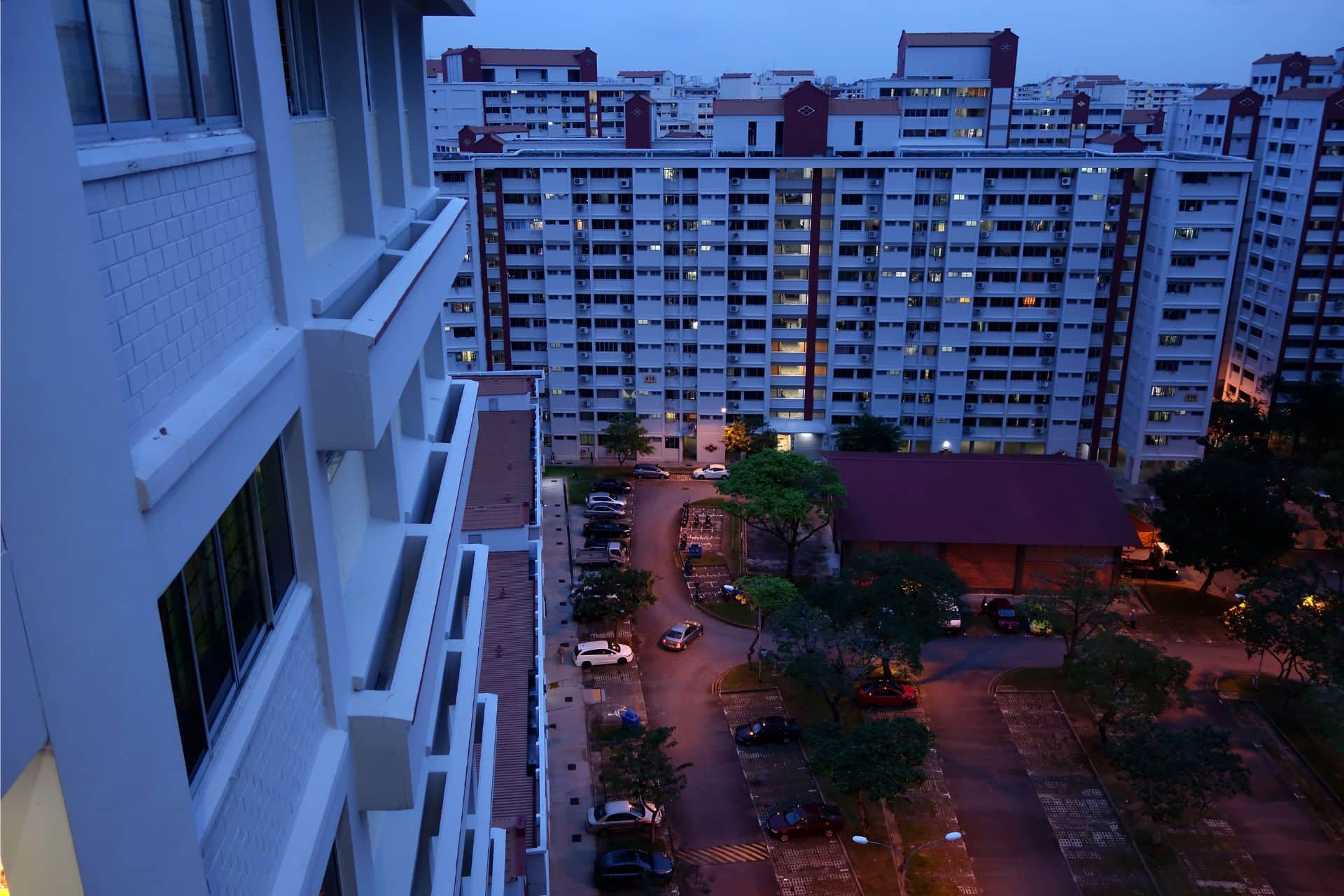In a quiet and understated shift, the United States is contemplating a radical idea – public housing for everyone, regardless of income. While countries like Vienna, Finland, and Singapore have successfully employed publicly developed housing to address shortages, the concept struggled to gain traction in the US due to its restrictive welfare policies and emphasis on private homeownership.
Montgomery County, Maryland, however, has taken a distinctive American approach. Rather than relying on European-style welfare subsidies, local leaders are intervening in the traditional capitalist bidding process. Through attractive bids, the county aims to increase its housing supply by commandeering the private American real estate model.
Zachary Marks, the chief real estate officer for Montgomery County’s housing authority, explains,
“We’re replacing the investor dudes from Wall Street, the big money from Dallas.”
By offering private companies more favorable financing terms, the county hopes to construct new housing that they would own for an indefinite period.
The first project, The Laureate, a 268-unit apartment building, opened in April 2023, defying stereotypes associated with public housing. With amenities like a fitness center and courtyard pool, it achieved a remarkable 97% occupancy rate. Encouraged by this success, Montgomery County is forging ahead with more social housing projects, signaling a potential solution to the nationwide housing shortage.
 Inspired by Montgomery County’s model, other cities are exploring similar initiatives. Atlanta, under Mayor Andre Dickens, aims to build or preserve 20,000 affordable housing units by leveraging city-owned properties. Boston, led by Mayor Michelle Wu, plans to grow its public housing supply by 30% in the next decade, exploring the Montgomery County model to achieve this ambitious goal.
Inspired by Montgomery County’s model, other cities are exploring similar initiatives. Atlanta, under Mayor Andre Dickens, aims to build or preserve 20,000 affordable housing units by leveraging city-owned properties. Boston, led by Mayor Michelle Wu, plans to grow its public housing supply by 30% in the next decade, exploring the Montgomery County model to achieve this ambitious goal.
The innovative approach is gaining attention beyond local levels. Discussions with the Department of Housing and Urban Development indicate federal interest in supporting this housing innovation. In Rhode Island, state-level interest has led to a partnership with the Furman Center to study social housing models.
While the mixed-income housing model has shown promise, questions linger about its ability to provide deeply subsidized housing for lower-income individuals. Some critics argue that rents in nonsubsidized units may need to be excessively high to make the financial model work. However, proponents suggest that, when combined with additional subsidies, the social housing model can benefit a broader range of income groups.
Despite reservations and stigma associated with American public housing, advocates emphasize the importance of showcasing successful projects like The Laureate to change perceptions. As Montgomery County blazes a trail, the nation watches, wondering if this new approach could be the key to addressing the pressing issue of housing affordability.








